Knee Pain Relief Cream: Your Guide to Choosing the Right One
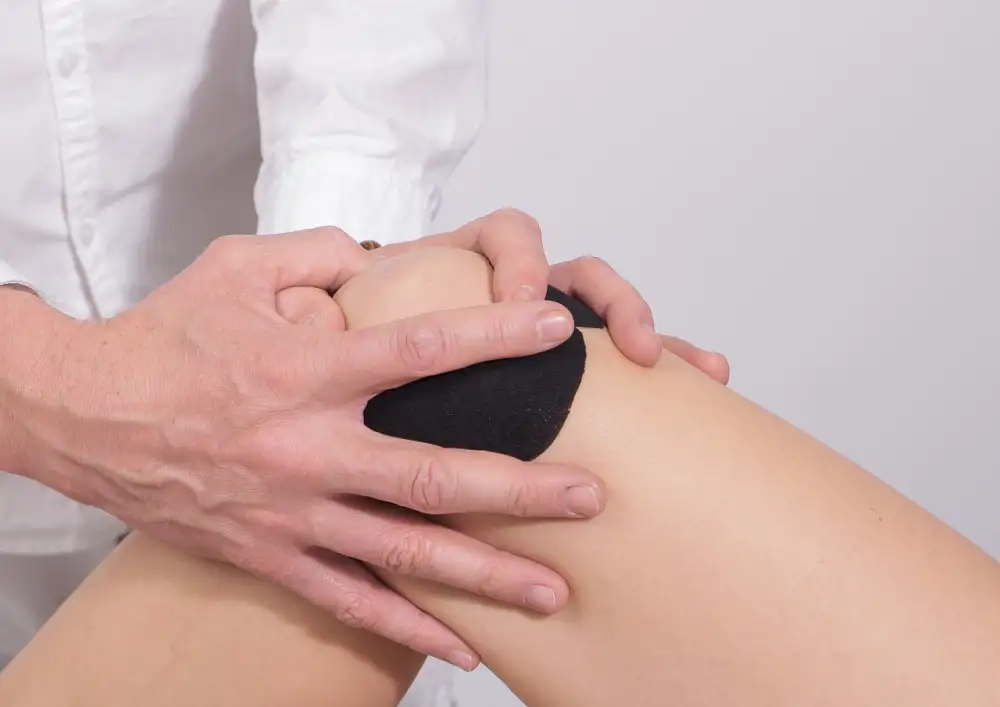
- Common Causes of Knee Pain
- Types of Knee Pain Relief Creams
- How Knee Pain Relief Creams Work
- Ingredients to Look For
- Ingredients to Avoid
- Applying Knee Pain Relief Cream
- When to See a Doctor
- Other Knee Pain Relief Options
- Preventing Knee Pain
- Choosing the Right Cream
- Tips for Maximum Relief
- Knee Pain Relief Cream Myths
- Living with Knee Pain
Common Causes of Knee Pain
Knee pain is a common complaint that can stem from a variety of factors. Osteoarthritis, a degenerative joint disease, often affects the knees, causing pain, stiffness, and reduced mobility. Rheumatoid arthritis, an autoimmune disorder, can also lead to knee pain and inflammation. Injuries are another frequent cause of knee pain. Ligament tears, such as ACL or MCL tears, can occur during sports or activities involving sudden twisting motions. Meniscus tears, affecting the cartilage cushions in the knee, are also common, especially among athletes. Tendonitis, or inflammation of the tendons, can cause pain and tenderness around the knee joint. Bursitis, inflammation of the fluid-filled sacs that cushion the knee, can also contribute to pain and discomfort. Overuse injuries, such as runner's knee or jumper's knee, can develop from repetitive stress on the knee joint. Other factors that can contribute to knee pain include obesity, poor posture, muscle imbalances, and certain medical conditions like gout. Understanding the common causes of knee pain is crucial for seeking appropriate treatment and finding effective pain relief solutions, such as topical creams designed to alleviate inflammation and reduce discomfort.
Types of Knee Pain Relief Creams
There are many different types of knee pain relief creams available over-the-counter and by prescription. Some of the most common types include:
- Topical analgesics: These creams contain ingredients that numb the pain signals from the knee joint. Some common topical analgesics include menthol and camphor.
- Counterirritants: These creams work by creating a feeling of warmth or coolness on the skin, which can help to distract from the pain. Some common counterirritants include capsaicin and methyl salicylate.
- NSAID creams: NSAID stands for nonsteroidal anti-inflammatory drug. NSAID creams are applied to the skin and can help to reduce pain and inflammation. Some common NSAID creams include diclofenac and ibuprofen.
- Corticosteroid creams: Corticosteroid creams are powerful anti-inflammatories that can be prescribed by a doctor. They are often used to treat knee pain caused by conditions such as arthritis.
It is important to talk to your doctor before using any new knee pain relief cream, especially if you are pregnant, breastfeeding, or have any underlying medical conditions. Be sure to follow the directions on the product label carefully. If you experience any side effects, stop using the cream and contact your doctor.
How Knee Pain Relief Creams Work
Knee pain relief creams work by targeting the source of your discomfort directly at the skin's surface. These creams contain different active ingredients, each working through unique mechanisms to alleviate pain. Some common types of knee pain relief creams include:

- Counterirritants: These creams contain ingredients like menthol, camphor, and eucalyptus oil. They create a warming or cooling sensation that distracts your brain from perceiving pain signals coming from your knee. This temporary distraction can offer quick relief, especially for minor aches and pains.
- NSAID creams: Nonsteroidal anti-inflammatory drugs (NSAIDs) like ibuprofen and diclofenac are available in topical creams. These creams penetrate the skin and work locally to reduce inflammation at the site of pain. By reducing inflammation, they alleviate pain and stiffness in the knee joint.
- Capsaicin creams: Capsaicin, the compound that gives chili peppers their heat, is a surprisingly effective pain reliever. Capsaicin creams work by depleting Substance P, a neurotransmitter responsible for transmitting pain signals to the brain. While initially causing a mild burning sensation, repeated use can lead to long-lasting pain relief.
- Salicylates: Similar to NSAID creams, salicylate creams, containing ingredients like trolamine salicylate, work by reducing inflammation in the affected area. They provide localized pain relief and can be helpful for conditions like osteoarthritis.
When choosing a knee pain relief cream, it's essential to consider the cause and severity of your pain. For minor aches and pains, counterirritants might suffice. However, for more persistent pain or inflammation, NSAID creams or capsaicin creams might be more effective. Always consult with your doctor or pharmacist to determine the best cream for your specific needs and to ensure it won't interact with any other medications you're taking.
Ingredients to Look For
When choosing a knee pain relief cream, it's essential to look for ingredients that effectively target inflammation, reduce pain, and promote healing. Here are some key ingredients to consider:
| Feature | Voltaren Gel | Biofreeze |
|---|---|---|
| Active Ingredient | Diclofenac Sodium (NSAID) | Menthol (3%) |
| Type of Pain Relief | Anti-inflammatory | Topical analgesic (cooling) |
| Application Frequency | Up to 4 times daily | Up to 4 times daily |
| Prescription Required? | Some formulations require prescription | Over-the-counter |
NSAIDs (Nonsteroidal Anti-inflammatory Drugs): These over-the-counter medications, such as ibuprofen (Advil) and diclofenac (Voltaren), are available in topical forms and can help reduce pain and inflammation.
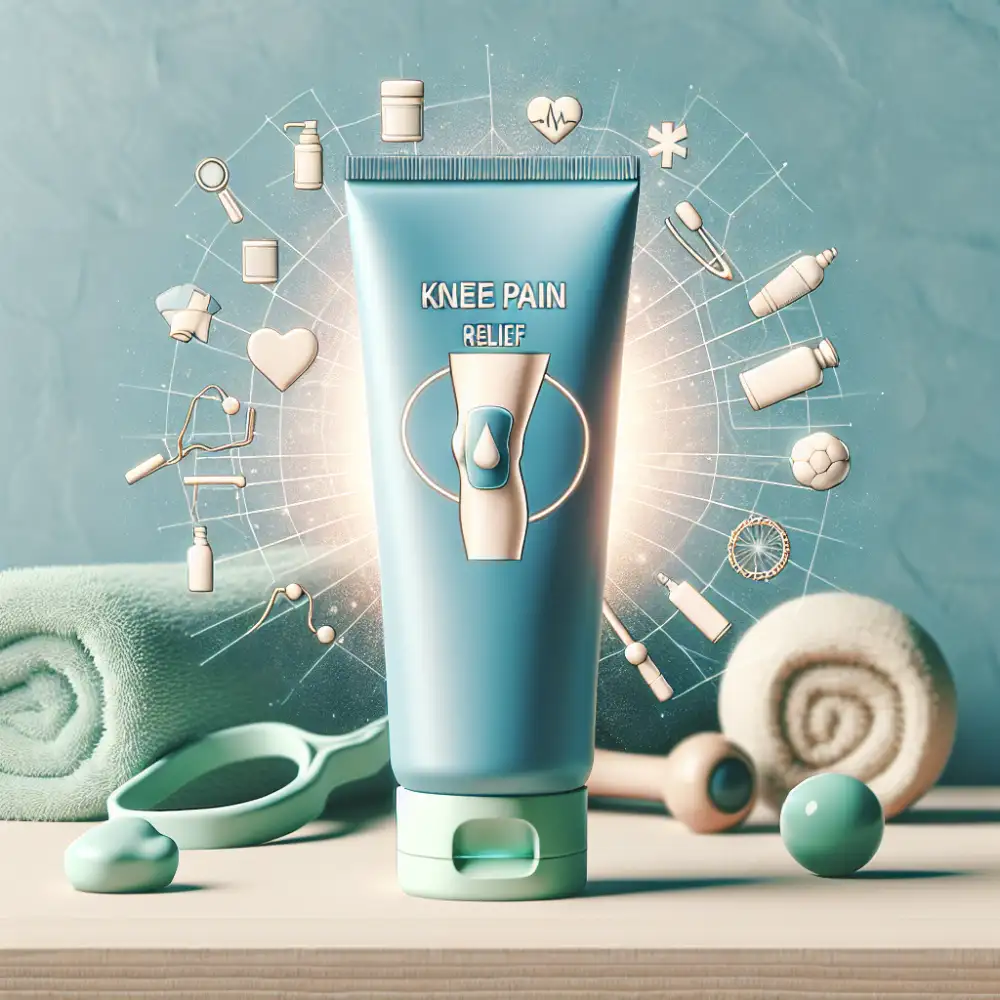
Capsaicin: Derived from chili peppers, capsaicin creates a warming sensation that can temporarily relieve pain signals.
Salicylates: Found in many over-the-counter pain relievers, salicylates work by reducing inflammation and pain. Look for ingredients like methyl salicylate and trolamine salicylate.
Menthol: Like capsaicin, menthol creates a cooling and warming sensation that can temporarily distract from pain. It also has mild anti-inflammatory properties.
Glucosamine and Chondroitin: These natural compounds are essential building blocks for cartilage, the cushioning tissue in joints.
MSM (Methylsulfonylmethane): MSM is a naturally occurring compound that may help reduce inflammation and support joint health.
Hyaluronic Acid: This substance is a natural component of joint fluid and helps lubricate joints and reduce friction.
Botanical Extracts: Some creams contain extracts from plants like arnica, ginger, turmeric, or boswellia, which have anti-inflammatory properties.
Remember to always follow product instructions and consult with your doctor or pharmacist if you have any allergies or medical conditions. They can help you determine the best knee pain relief cream for your specific needs.
Ingredients to Avoid
When choosing a knee pain relief cream, it's just as important to know what to avoid as it is to look for beneficial ingredients. Some ingredients can irritate the skin, trigger allergies, or interact with other medications. Here's what to steer clear of:
- Parabens: These preservatives can disrupt hormones and may cause skin irritation. Look for paraben-free formulas.
- Artificial Fragrances: While they might smell nice, artificial fragrances are a common source of allergies and skin sensitivities. Opt for fragrance-free creams or those scented with natural essential oils.
- Salicylates: Found in some pain relief creams, salicylates can cause adverse reactions in people allergic to aspirin.
- NSAID's in High Concentrations: While non-steroidal anti-inflammatory drugs (NSAIDs) like ibuprofen and diclofenac can be effective for pain relief, high concentrations in topical creams can lead to skin irritation, redness, and even systemic side effects with prolonged use.
- Menthol and Camphor in Excess: While these ingredients provide a cooling and warming sensation that can temporarily distract from pain, excessive amounts can irritate the skin and even cause chemical burns.
- Unknown or Unlisted Ingredients: Always read the label carefully and avoid products with a long list of unpronounceable or unfamiliar ingredients. Choose creams with transparent ingredient lists and recognizable, naturally-derived components whenever possible.
Remember, what works best varies from person to person. If you experience any unusual reactions or increased discomfort after using a knee pain relief cream, discontinue use and consult with your doctor or pharmacist.
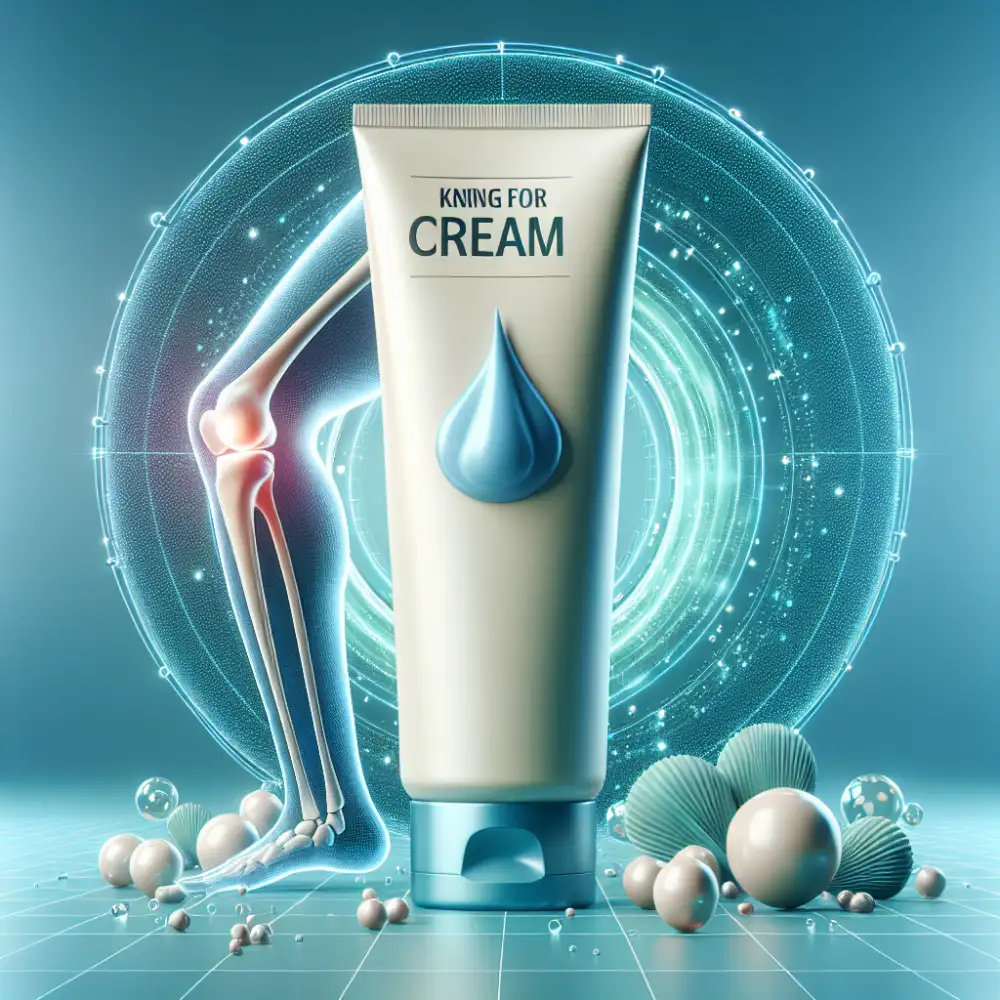

Applying Knee Pain Relief Cream
Before applying any knee pain relief cream, carefully read and follow the instructions on the packaging. Wash your hands thoroughly before and after applying the cream. Gently massage the cream into the skin around your knee until it is fully absorbed. Do not apply the cream to broken or irritated skin. Avoid contact with your eyes, nose, and mouth. If you experience any adverse reactions, discontinue use and consult a healthcare professional.
The frequency of application will depend on the specific cream and your individual needs. Some creams may be applied multiple times a day, while others may only need to be applied once. Be sure to follow the recommended dosage instructions.
Knee pain relief creams can provide temporary relief from pain and inflammation. However, they are not a substitute for proper medical advice. If you are experiencing persistent or severe knee pain, it is important to consult a healthcare professional for diagnosis and treatment.
When to See a Doctor
While knee pain relief creams can provide temporary relief for minor aches and pains, it's essential to know when to consult a doctor. If your knee pain is severe, persistent, or accompanied by other symptoms, seeking professional medical advice is crucial.
Consult your doctor if your knee pain is severe, doesn't improve after a week or two of home treatment, or if it interferes with your daily activities. Also, seek medical attention if you experience sudden swelling in the knee, have a fever along with the pain, or if the pain is accompanied by redness, warmth, or tenderness around the joint.
If you've recently experienced a knee injury, such as a fall or impact, and the pain is intense or you suspect a fracture, seek immediate medical attention. Remember, self-treating can sometimes mask underlying conditions, so it's always best to err on the side of caution and consult a healthcare professional for proper diagnosis and treatment.
Other Knee Pain Relief Options
If you’re looking for additional ways to find relief from your knee pain, several options exist alongside topical creams.
Physical therapy plays a crucial role in strengthening the muscles surrounding the knee, improving joint stability and flexibility. A qualified physical therapist can guide you through specific exercises tailored to your needs.
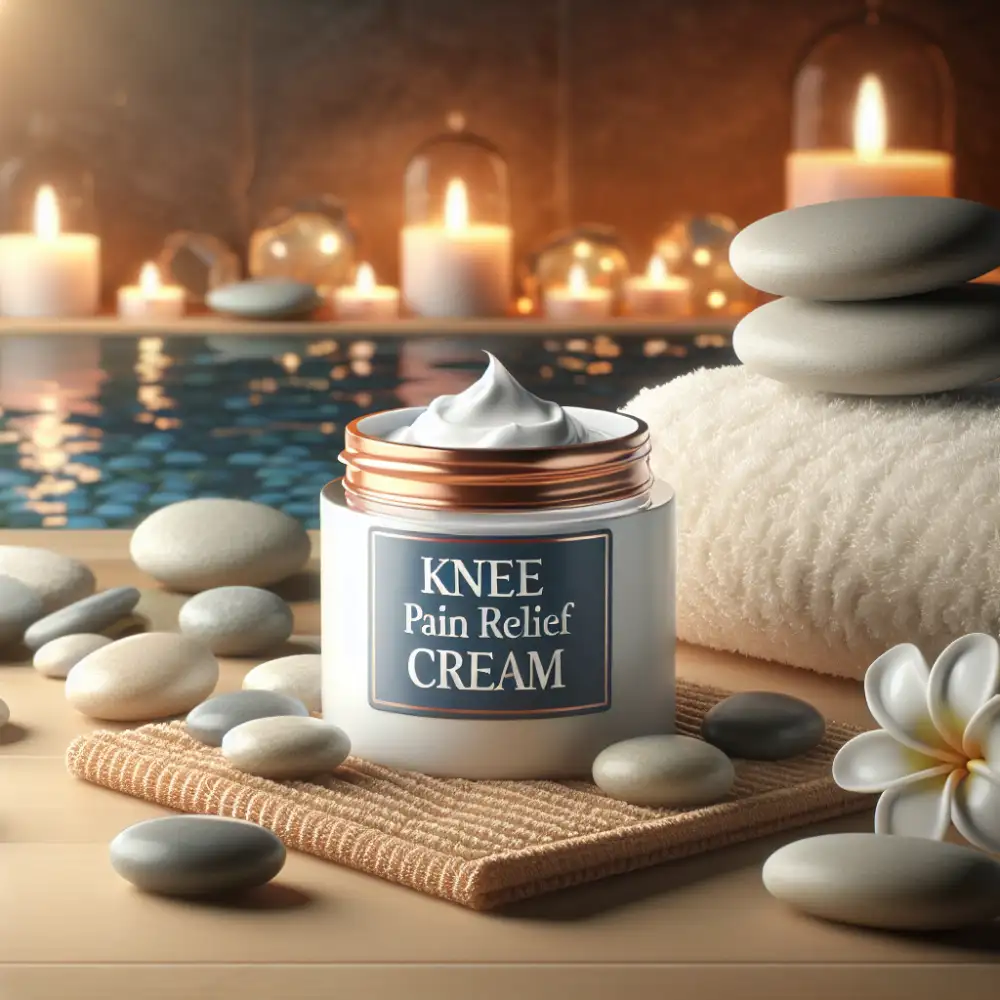
Low-impact exercises like swimming, cycling, or walking can also be beneficial, putting less stress on your knees while keeping you active.
Maintaining a healthy weight is essential, as excess weight puts added pressure on your knees.
In some cases, your doctor might recommend over-the-counter pain relievers like ibuprofen or naproxen to reduce inflammation and alleviate pain.
If your pain is severe or persistent, your doctor might consider corticosteroid injections directly into the knee joint for short-term pain relief.
Ultimately, the best approach to knee pain relief often involves a combination of treatments. It’s crucial to consult with your doctor or a healthcare professional to determine the underlying cause of your knee pain and develop a personalized treatment plan that addresses your specific needs. They can assess your condition, recommend appropriate treatment options, and help you find lasting relief.
Preventing Knee Pain
Knee pain is a common problem, especially as we age or put extra stress on our joints. While knee pain relief creams shouldn't be considered a cure-all, they can be a helpful tool in managing discomfort and preventing pain from interfering with your daily life. These creams work in a few different ways. Some contain pain relievers like salicylates that are absorbed through the skin to reduce inflammation directly at the source of pain. Others use warming or cooling sensations to temporarily interrupt pain signals, offering relief.
To get the most out of a knee pain relief cream, it's important to choose one formulated for your specific needs. If your pain is related to inflammation, look for ingredients like menthol or camphor. For arthritis pain, creams containing glucosamine or chondroitin might offer relief. Always follow product instructions carefully.
Remember, while these creams can be effective for temporary relief, it's crucial to address the root cause of your knee pain. If you experience persistent or severe pain, consult a healthcare professional for a proper diagnosis and treatment plan. They can help determine if other interventions, such as physical therapy or lifestyle modifications, are necessary.
Choosing the Right Cream
Selecting the right cream for knee pain can feel overwhelming with so many options available. Consider the type and source of your pain. Is it sharp and sudden, or a dull, chronic ache? Do you suspect arthritis, an injury, or something else? This information will guide your choice.
For inflammatory pain caused by conditions like arthritis, look for creams containing NSAIDs like diclofenac or ibuprofen. These ingredients penetrate the skin to reduce inflammation at the source of pain.
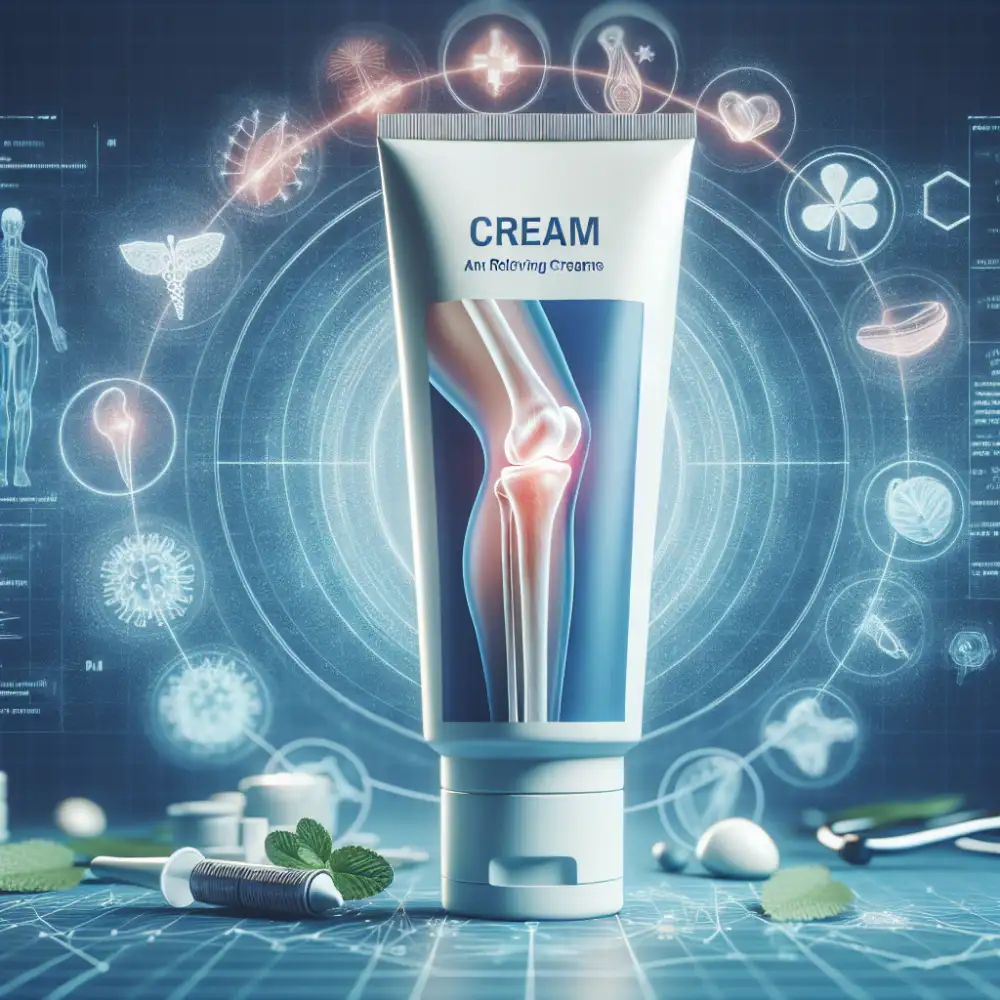

If your pain is related to muscle soreness or overuse, consider creams with warming or cooling agents. Menthol and camphor create a cooling sensation that can temporarily numb pain, while capsaicin generates warmth that can ease stiffness.
For those seeking natural alternatives, creams containing ingredients like turmeric, ginger, or CBD oil may offer relief. These ingredients possess anti-inflammatory properties that can help soothe aching joints.
Always consult your doctor or a qualified healthcare professional to discuss your knee pain and determine the best course of treatment. They can help you understand the cause of your pain and recommend the most effective cream for your specific needs. Remember to carefully read and follow the instructions on any product you choose.
Tips for Maximum Relief
To get the most out of your knee pain relief cream, follow these simple tips. Apply the cream to clean and dry skin. Gently massage the cream into the affected area until it's fully absorbed. Don't overdo it, a small amount goes a long way. Most creams are intended for external use only. Avoid getting it in your eyes, nose, or mouth. After applying, wash your hands thoroughly unless you're treating your hands. Be consistent with application. Follow the product's instructions for frequency and duration of use. Combine cream application with other knee-friendly practices like gentle stretching, low-impact exercises, and maintaining a healthy weight. If you experience any unusual reactions like rashes, burning, or increased pain, discontinue use and consult your doctor. Remember, knee pain relief creams are intended for temporary relief. If your pain is severe or persistent, it's crucial to consult a healthcare professional for proper diagnosis and treatment.
Knee Pain Relief Cream Myths
Many people believe that knee pain relief creams are a quick fix for any knee problem. The truth is more complicated. While these creams can provide temporary relief, they don't address the underlying cause of your pain. Let's debunk some common myths:
Myth 1: All knee pain creams are created equal.
Fact: Different creams contain different active ingredients, each targeting specific types of pain. Some creams use NSAIDs to reduce inflammation, while others rely on warming or cooling sensations to temporarily mask pain signals. It's crucial to choose a cream formulated for your specific type of knee pain.
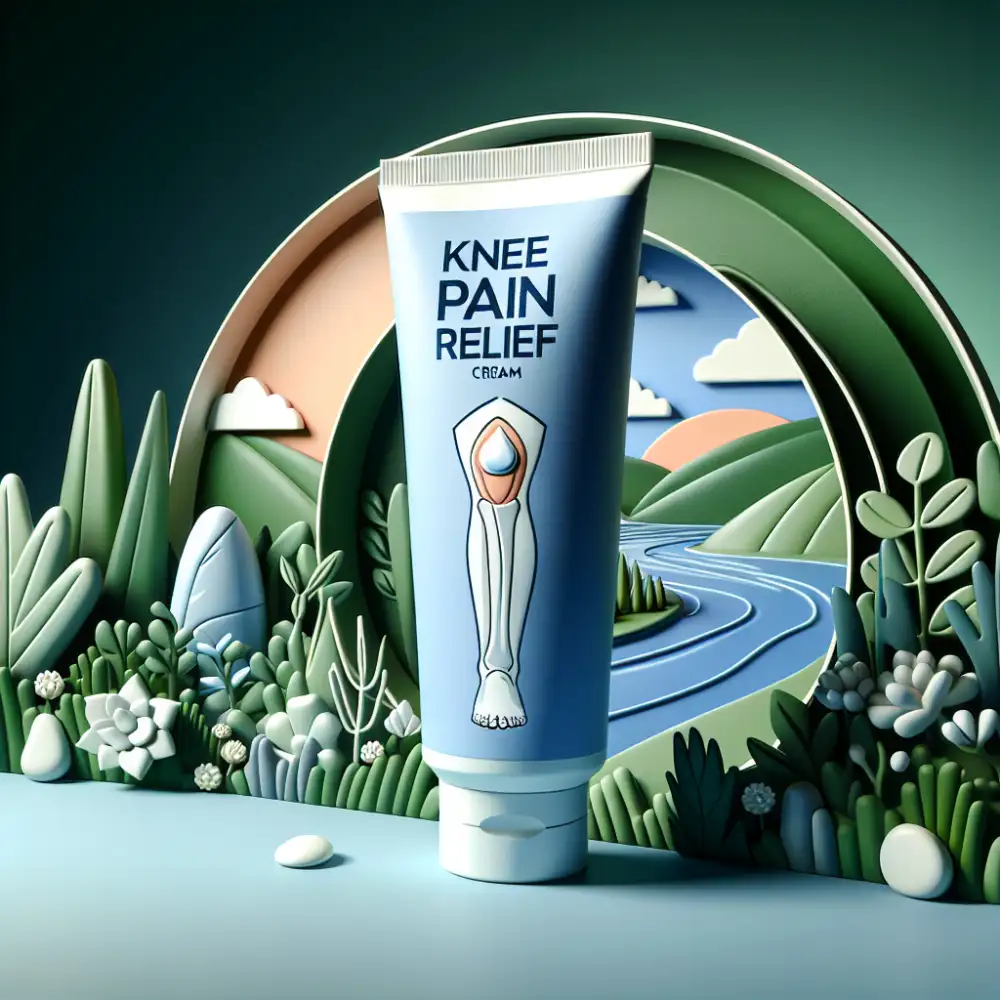
Myth 2: Creams provide instant and lasting relief.
Fact: While some creams offer a near-immediate soothing effect, this relief is often temporary. The cream's active ingredients wear off, and the pain may return. Don't rely solely on creams for long-term pain management.
Myth 3: More is always better.
Fact: Applying more cream than recommended won't make it more effective. In fact, it can lead to skin irritation or other adverse effects. Always follow the instructions on the product label.
Myth 4: Creams are a substitute for other treatments.
Fact: Knee pain relief creams are best used as part of a comprehensive treatment plan that may include physical therapy, lifestyle modifications, or other medical interventions.
Remember, while knee pain relief creams can offer temporary relief, they are not a magic cure. It's essential to consult a healthcare professional for proper diagnosis and treatment of your knee pain.
Living with Knee Pain
Living with knee pain can be incredibly frustrating. It can limit your mobility, make it difficult to enjoy your favorite activities, and even disrupt your sleep. Whether your knee pain is caused by arthritis, an injury, or overuse, finding effective relief is crucial. While there are many different approaches to managing knee pain, many people find topical creams to be a convenient and soothing option.
Knee pain relief creams work by delivering pain-relieving and anti-inflammatory ingredients directly to the source of discomfort. These ingredients can include analgesics like menthol and camphor, which create a cooling or warming sensation that can temporarily distract from pain signals. Other common ingredients include NSAIDs (nonsteroidal anti-inflammatory drugs) like ibuprofen or diclofenac, which work by reducing inflammation in the joint.
When choosing a knee pain relief cream, it's important to consider your individual needs and preferences. Some creams are designed for specific conditions, such as arthritis or sports injuries, while others offer more general pain relief. You should also consider the ingredients, scent, and texture of the cream to find one that you find comfortable and effective.
Remember, while knee pain relief creams can provide temporary relief, it's essential to address the underlying cause of your knee pain. If you're experiencing persistent or severe knee pain, consult with a healthcare professional to discuss your symptoms and develop a comprehensive treatment plan.
Published: 07. 07. 2024
Category: Food



